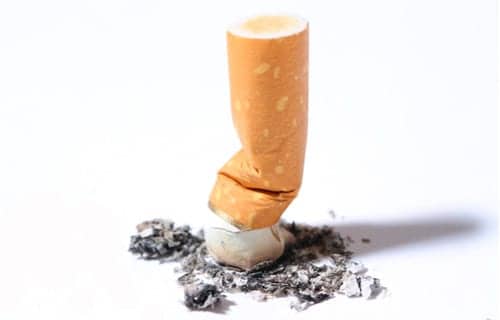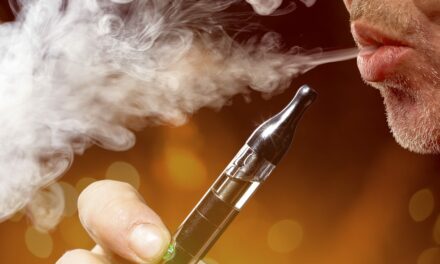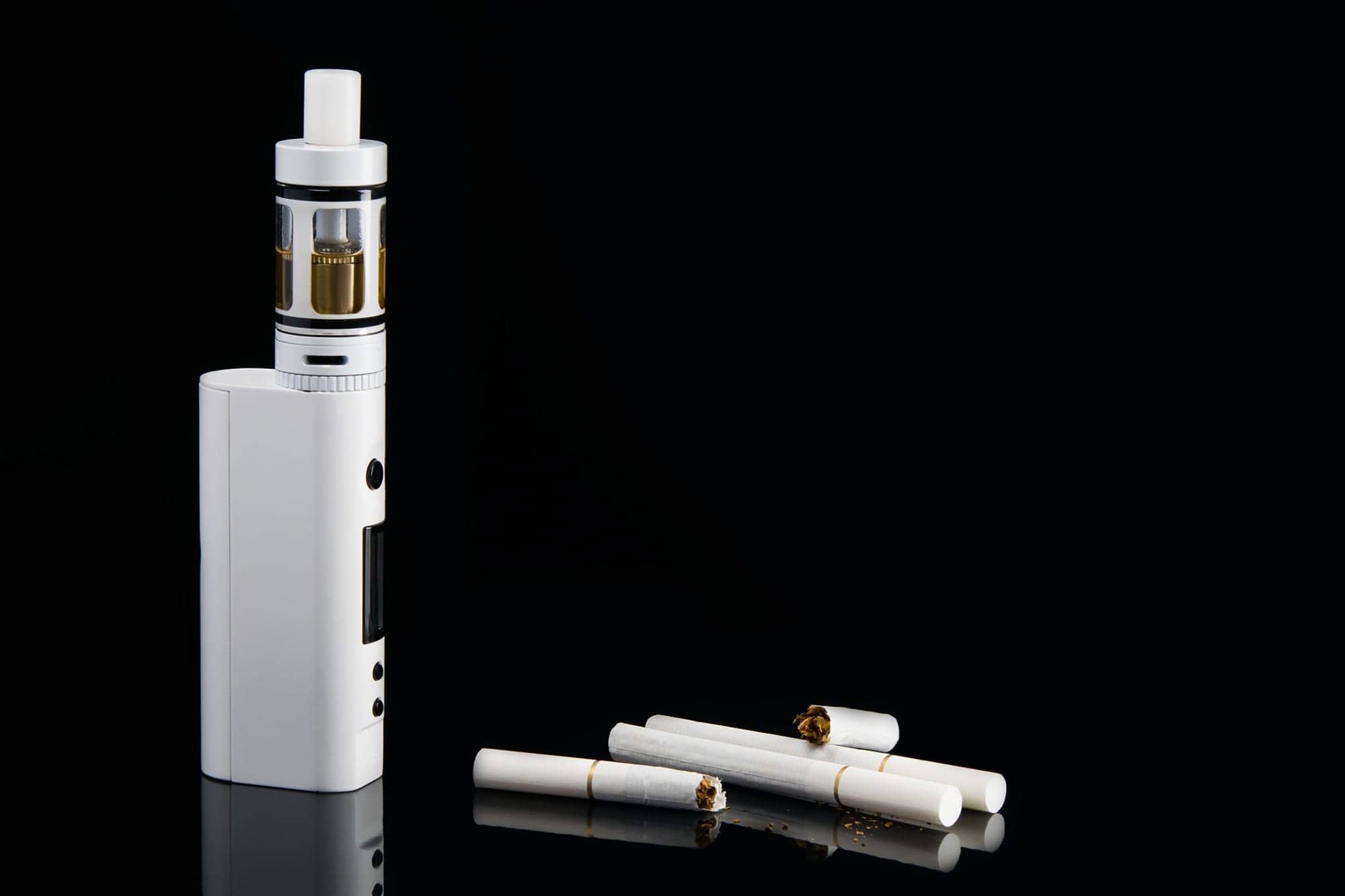According to new research from scientists at Roswell Park Cancer Institute (RPCI) and the University at Buffalo (UB), secondhand smoking has been linked to pregnancy loss, including miscarriage, stillbirth, and tubal ectopic pregnancy.
The study findings, published online by the journal Tobacco Control, have helped to clarify the specific risks of secondhand smoke exposure.
“This study demonstrated that pregnancy outcomes can be correlated with secondhand smoking. Significantly, women who have never smoked but were exposed to secondhand smoke were at greater risk for fetal loss,” says the study’s lead investigator, Andrew Hyland, PhD, Chair of RPCI’s Department of Health Behavior.
Prior to the study, evidence did exist that smoking during pregnancy was associated with spontaneous abortion or miscarriage (loss of a fetus before 20 weeks of gestation), stillbirth (loss of a fetus after 20 or more weeks of gestation), and tubal ectopic pregnancy. However, evidence linking these pregnancy losses to secondhand smoke (SHS) exposure had been limited.
For the study, researchers considered lifetime SHS exposure rather than only during pregnancy or reproductive years, taking into consideration smoke exposure in participants’ childhood and adult years.
Also unique to this investigation, according to the published report, is that the comparison group of never-smokers was limited to women without any SHS exposure, producing a truer control group compared to previous studies.
Historical reproductive data, current and former smoking status, and details about SHS exposure over lifetime were collected from the Women’s Health Initiative Observational Study. This allowed for a study group of 80,762 women.
“The statistical power gained from the large cohort of women that was available is noteworthy,” added co-author Jean Wactawski-Wende, PhD, Professor in the Departments of Social and Preventive Medicine and Obstetrics and Gynecology, and Vice Provost for Research Advancement and Strategic Initiatives at UB. “As a result of the Women’s Health Initiative Observational Study, participants came from a broad range of geographic areas and had multiple ethnic, educational, and socio-economic backgrounds. This allowed for a comprehensive assessment of detailed information on exposures, outcomes, and potential confounders.”
According to the report, women with the highest levels of SHS exposure — despite never having smoked themselves — had significantly greater estimates of risk for all three adverse pregnancy outcomes, and these risks approached the risk seen among women who smoke (those who smoked more than 100 cigarettes in their lifetime).
The highest levels of lifetime SHS exposure were defined by childhood exposure for longer than 10 years, adult home exposure for more than 20 years and adult work exposure for more than 10 years.
“This study offers new information for women regarding the lifetime impact secondhand smoke can have on reproductive outcomes and their ability to successfully bring a pregnancy to full term,” Hyland adds. “The strength of the study also provides public health professionals and others with information upon which to base health guidelines about the significant consequences of secondhand smoke.”










